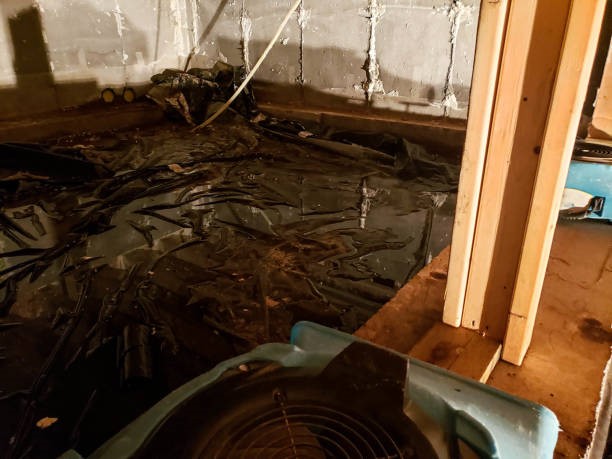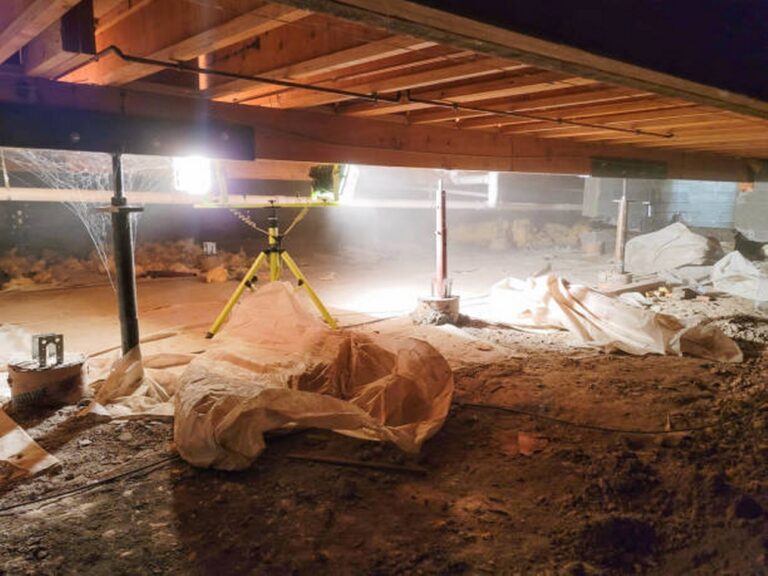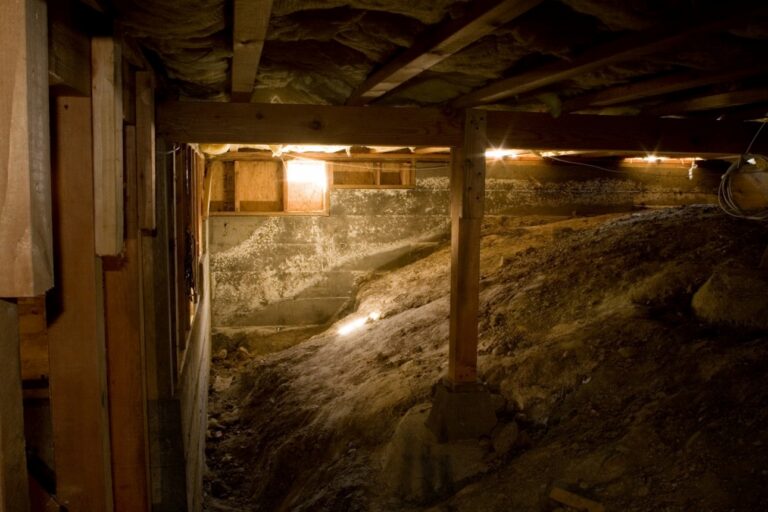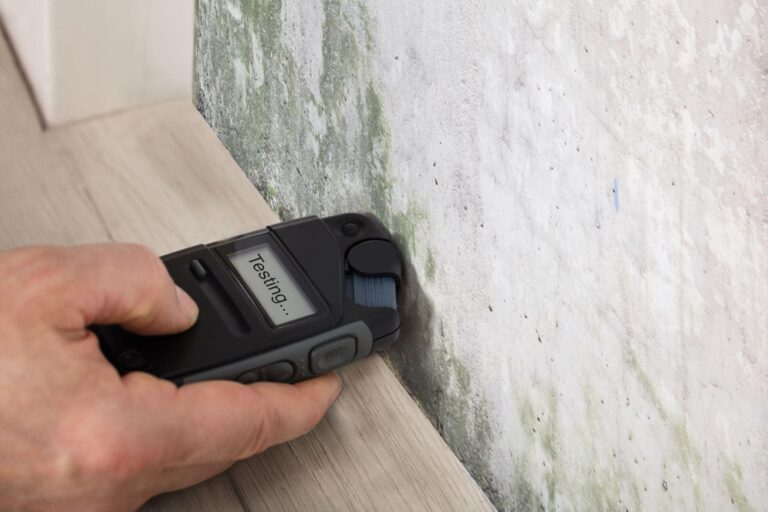Blog
Everything You Need to Know About Crawl Space Maintenance
At DryTek Crawlspace Solutions, we don’t just provide crawl space treatments for property owners on Delmarva. Our goal is to educate people about the importance of maintaining their crawl spaces using the right systems. Learn all you need to know when you read our blog posts. For inquiries, feel free to contact us.

- By: AX.Admin
- Date: June 6, 2024
Your Step-By-Step Action Plan Against Flooding in Your Crawl Space
- 3 min read
- 0 comment
Standing water in your crawl space can be alarming and stressful. But with proper guidance, you can address the issue effectively and protect your home’s...

- By: AX.Admin
- Date: May 2, 2024
7 Reasons Why Waterproofing Your Crawl Space Matters
- 3 min read
- 0 comment
Often considered dingy, damp, and constricting, crawl spaces are typically neglected by homeowners in home improvement projects. However, these spaces require as much attention and...

- By: AX.Admin
- Date: April 1, 2024
Signs Your Crawl Space Needs Moisture Barriers
- 3 min read
- 0 comment
Crawl spaces play a crucial role in maintaining the structural integrity of your home. Unfortunately, they are often overlooked and prone to moisture-related issues, potentially...

- By: AX.Admin
- Date: March 6, 2024
Understanding the Importance of Crawl Space Insulation
- 2 min read
- 0 comment
If you’re a homeowner, you’ve probably heard about the importance of insulating your attic and walls. However, one area that usually gets ignored is the...

- By: AX.Admin
- Date: February 1, 2024
5 Benefits of Crawl Space Encapsulation
- 3 min read
- 0 comment
Crawl space encapsulation is essential for homeowners looking to protect their property and ensure a healthy living environment. In this article, we will explore the...

- By: AX.Admin
- Date: January 12, 2024
Mold Inspection 101: Knowing What to Expect
- 3 min read
- 0 comment
Discovering mold in your home is never a pleasant experience. However, dealing with it promptly can prevent further damage and potential health risks. The first...

